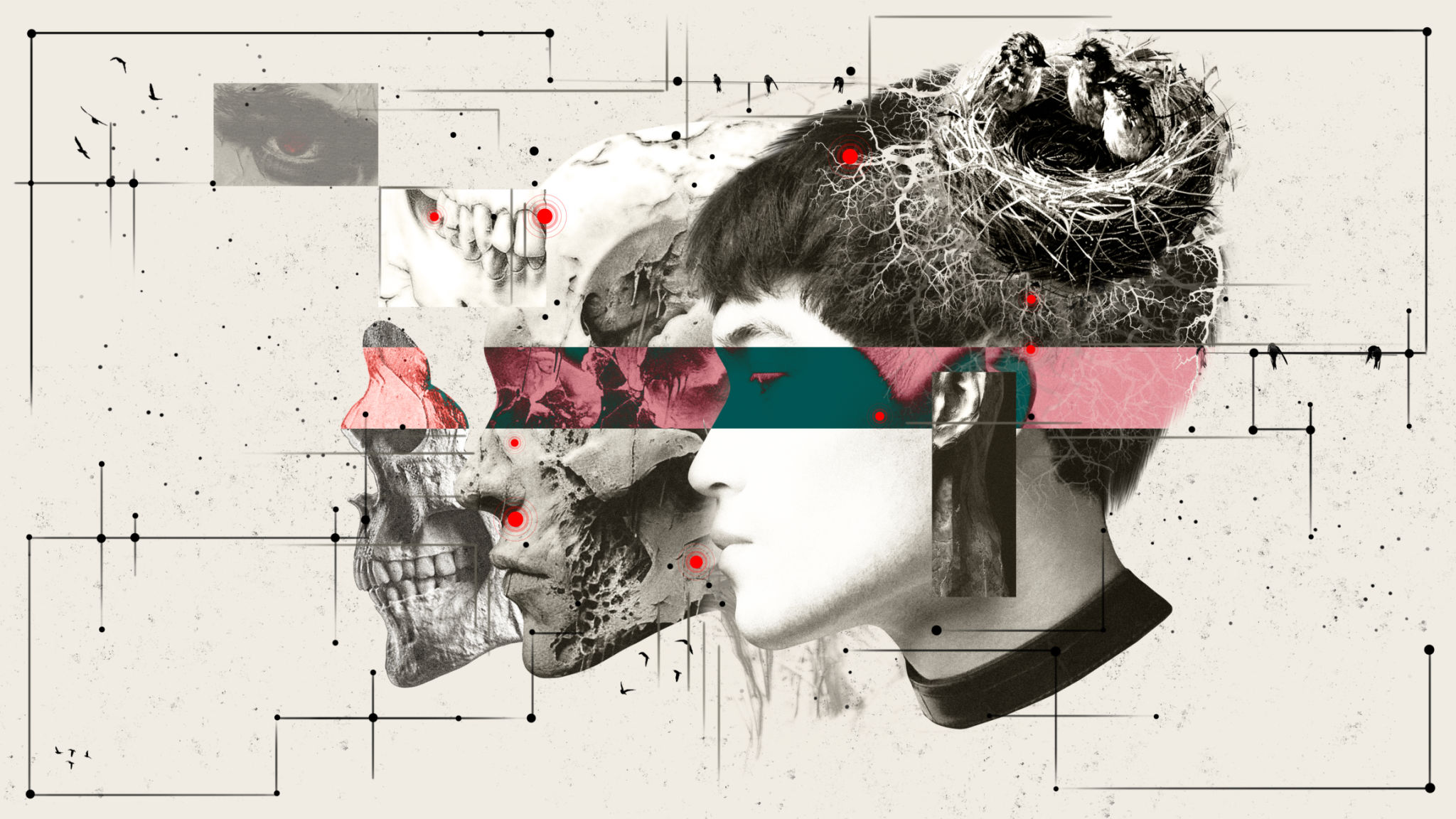Integrating Neuroscience with Minimalist Branding Trends
St
The Intersection of Neuroscience and Minimalist Branding
In today's fast-paced world, where consumers are bombarded with information from all directions, brands are increasingly turning to minimalist design to cut through the noise. At its core, minimalist branding is about focusing on simplicity and clarity. But how can brands ensure that this simplicity resonates with consumers on a deeper level? This is where the integration of neuroscience comes into play.

Understanding Consumer Psychology
Neuroscience offers insights into how consumers process information and make decisions. By understanding the brain's response to different stimuli, brands can create designs that are not only aesthetically pleasing but also psychologically impactful. Minimalist designs often rely on clean lines, ample white space, and restrained color palettes, which can help reduce cognitive overload and make it easier for the brain to process information.
Research suggests that the human brain is wired to appreciate simplicity. When presented with a minimalist design, the brain can focus on the essential elements without getting distracted by unnecessary details. This not only enhances recall but also fosters a sense of trust and credibility in the brand.
The Role of Color and Emotion
Color plays a crucial role in minimalist branding, and neuroscience can help brands choose colors that evoke specific emotions. For instance, cool colors like blue and green are often associated with calmness and reliability, while warm colors like red and orange can evoke energy and excitement. By understanding the emotional impact of color, brands can create designs that align with their desired brand personality.

Moreover, minimalist branding allows for strategic use of color, ensuring that the chosen hues stand out and make a lasting impression. This is particularly important in a digital age where consumers scroll through content at lightning speed.
The Power of Typography
Typography is another essential element of minimalist branding. The choice of font can significantly influence how a message is perceived. Neuroscience indicates that certain fonts can elicit specific emotional responses, impacting how consumers feel about a brand. For example, sans-serif fonts are often seen as modern and approachable, while serif fonts convey tradition and sophistication.
Incorporating neuroscience into typography decisions means selecting fonts that not only match the brand's tone but also resonate with the target audience on a subconscious level. This alignment can enhance brand recognition and loyalty.

Creating a Cohesive Brand Experience
Integrating neuroscience with minimalist branding trends requires a holistic approach. Brands must consider how all elements—color, typography, imagery—work together to create a cohesive experience. This means delivering consistent messaging across all touchpoints, from websites to social media platforms.
By using neuroscience-based insights, brands can craft experiences that are not only visually appealing but also emotionally engaging. This approach fosters deeper connections with consumers, ultimately leading to increased brand loyalty and advocacy.
Future Trends in Minimalist Branding
As technology evolves, so too will the integration of neuroscience in branding strategies. Future trends may include more personalized experiences, where brands leverage data to tailor minimalist designs to individual consumer preferences. Additionally, advancements in virtual reality and augmented reality may offer new avenues for creating immersive and engaging minimalist experiences.
In conclusion, by marrying the principles of neuroscience with minimalist branding trends, brands can create powerful, meaningful connections with their audiences. It's an exciting time for marketers looking to innovate and push the boundaries of traditional design.